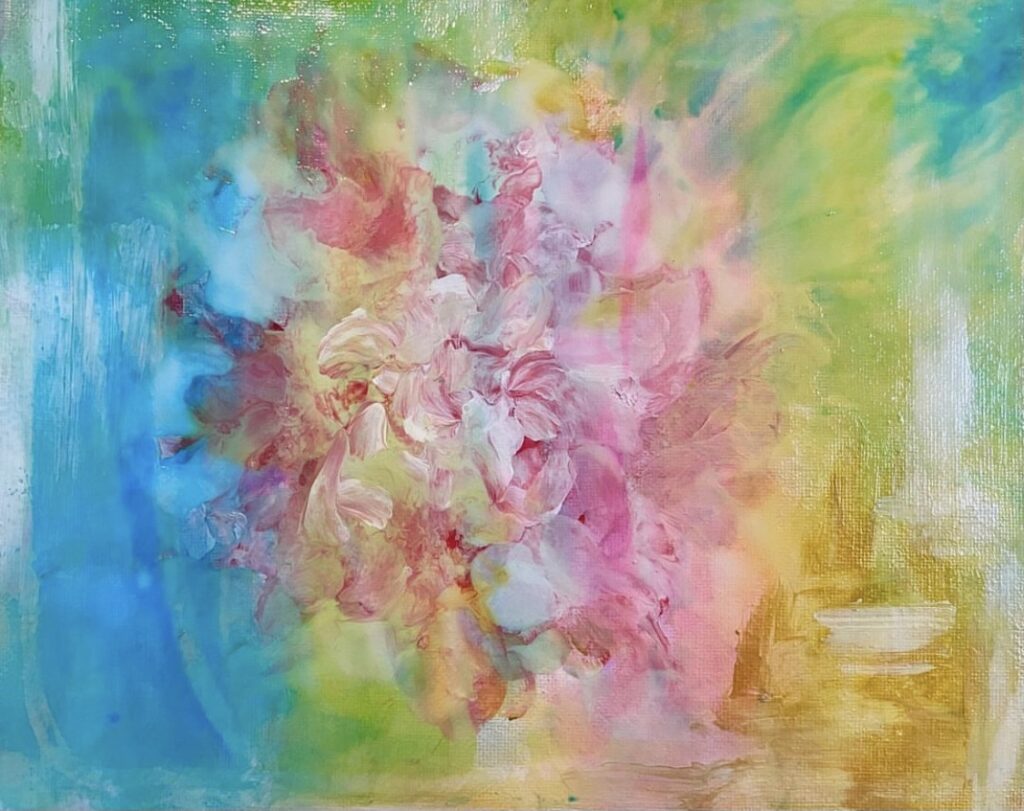In Montessori, hands are considered to be tools of intellect. The hand movements used in drawing/painting are not limited to motor development, but also promote sensory and cognitive development.
The sense most closely related to hand movement is sight. By drawing/painting, “vision” stimulation leads to “cognition” stimulation. In addition, “language” are used through observe the object before drawing/painting, the process of drawing/painting, and evaluation after the art is completed. Art contributes to the development of language. Not only in drawing/painting, but also in crafting three-dimensional objects.
I would like to recommend “abstract painting”. This is because it helps you to organize what you feel when you look at an object and express your feelings, and you will not be frustrated if you cannot draw realistically. It can be said that the pictures painted by infants resemble abstract paintings.
No matter how bad the art is, if you can convey what you feel and what you want to share, and if even one person who sees it as impressive, then it is “art”. The measure of good or bad of a art depends on the person who sees it. Therefore, the goal is not only the finished product, but also the observation and process leading up to it, as well as the self-evaluation of the work after. This is true not only for infants and children, but also for adolescents and adults.

The picture is one I painted. I painted what I felt when the rose bloomed. In my next post, I will talk about recommended subjects for “drawing” “painting” and their relationship to cultural education.

